When ever I travel solo across Nebraska, I guarantee that whenever possible, I would stop by at least one Nebraska historical marker. Something about reading about Nebraska history directly where it happened is meaningful. Traveling through southern Nebraska, I visited the town of Franklin for the first time. Franklin Academy was once a major educational center in Nebraska.
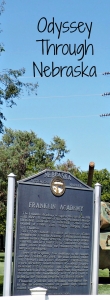 This was a fun discovery for me. According to the sign, Franklin Academy …
This was a fun discovery for me. According to the sign, Franklin Academy …
was one of six Congregational Church-affiliated academies in Nebraska. Others were located at Crete, York, Neligh, Weeping Water, and Chadron. Over 2,500 students in college preparatory studies attended the Franklin Academy.
That would be the end of the story except for the efforts of the Nebraska State Historical Society. More information about this academy can be found on the newly updated History.Nebraska.gov site. Why I am especially grateful for this text is the fact that once this information was only available on microfilm. Normally I do not share directly from other websites, but I wanted to quote this excerpt to show you what wealth of resources that they have made available online on Nebraska history. Thanks to the efforts of the Nebraska State Historical Society, anyone can find this information.
This quote below is taken directly from this page, and the original microfilm source is italicized below.
RG3272.AM: Franklin Academy (Franklin, Neb.)
Records: 1881-1926, 1962
Franklin, Franklin County, Neb.: Educational Institution, Congregationalist Church
Size: 5.0 cu. ft.; 2 reels microfilm
BACKGROUND NOTE
In August of 1879, Rev. C.S. Harrison made plans to create a Christian academy to service western Nebraska. Harrison chose the town of Franklin because there were no saloons or other secondary schools in the area. The following year Rev. Amos Dresser was appointed financial agent, and with the help of others money, erected the first academy building in 1880. Franklin Academy was finally opened on February 9, 1881 as one of several Congregationalist church academies in the Midwest.
In 1884 Harrison was chosen to be the pastor of the academy and was responsible for getting a second academy building, a three story girls’ dormitory, built. A small building was also built for a boys’ dormitory, but it burned down in 1901. Later, a third building known as the music hall was added along with the enlargement of the original academy building.
During its years of service, Franklin Academy had several principals, the first being Rev. W. S. Hampton and the longest serving being Prof. Alexis C. Hart. Most of the instructors at Franklin Academy were fresh out of college and many on their first teaching assignments. Franklin Academy offered programs in piano, voice expression, and business, along with a regular high school curriculum. Athletics were also a very important part of life at Franklin Academy with team sports in football and basketball, along with track and field. During the academy’s 41 years of service, thousands of students attended, and the academy grew to a student body of 158 in 1921.
Franklin Academy attempted to keep tuition low so that a Christian education could be available to anyone who sought it. This forced the academy to become reliant on donations to operate, which each successive year became more difficult to obtain. The early 20th century also saw the rise of the state secondary school program, which forced Franklin Academy to decide whether or not continuing operations was fiscally possible. The administration deemed it was not, and Franklin Academy operated until June of 1922 when it, like many other Congregationalist academies, was shut down due to lack of funds.
Visiting the Franklin Academy
Unfortunately all of the educational buildings are no longer found in Franklin. But you can visit the Franklin Academy sign and imagine. I am so glad that they marked the spot, or this important educational location would be lost forever.
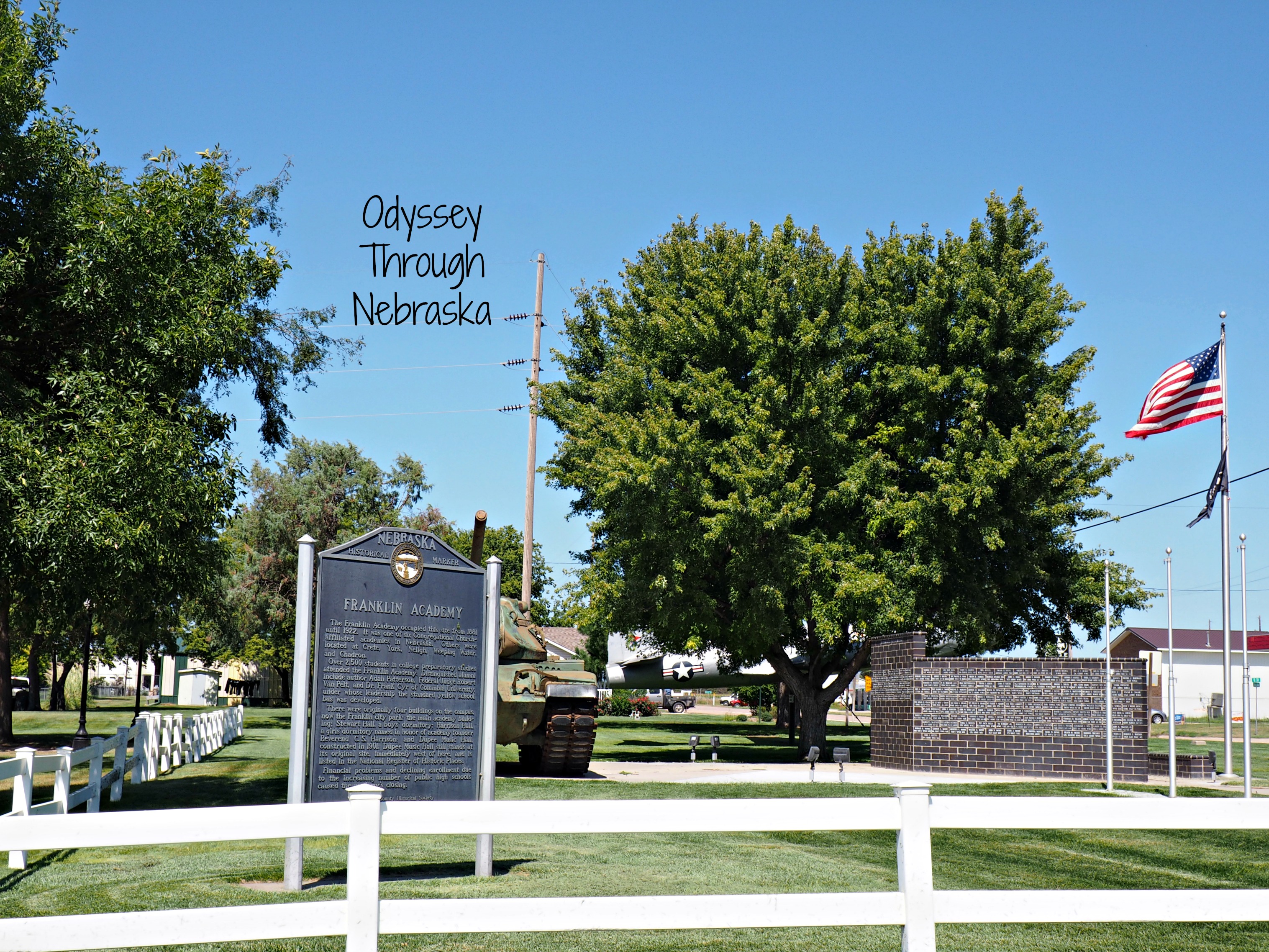
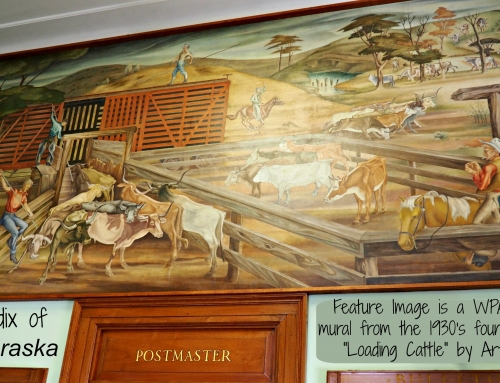


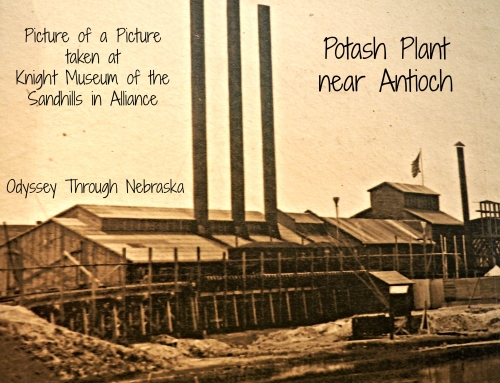
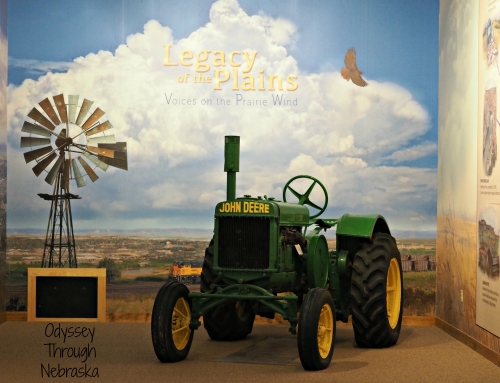

My grandmother attended FA from 1919-1921, her name was Doris Carpenter. i have many of her pictures in an album from her time there. My favorites are two of her basketball team..
Thank you so much for telling me about your grandmother. I also love seeing pictures of sporting teams of long ago. Their uniforms are classic. To see your grandmother in the pictures would be fascinating. Did she play on one of the early teams? I wonder when they started offering women’s basketball at this school.